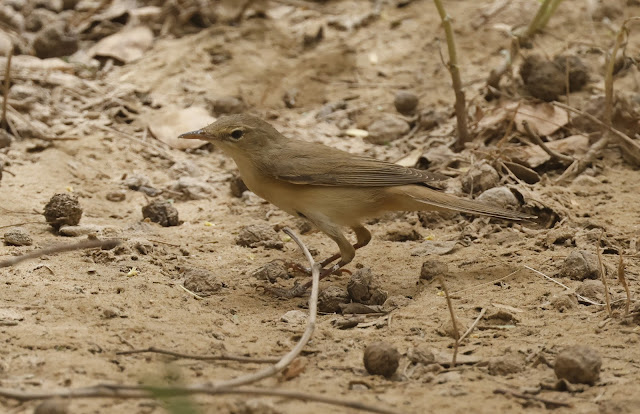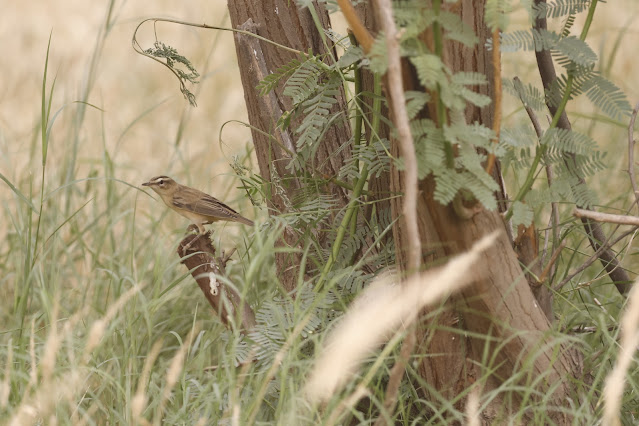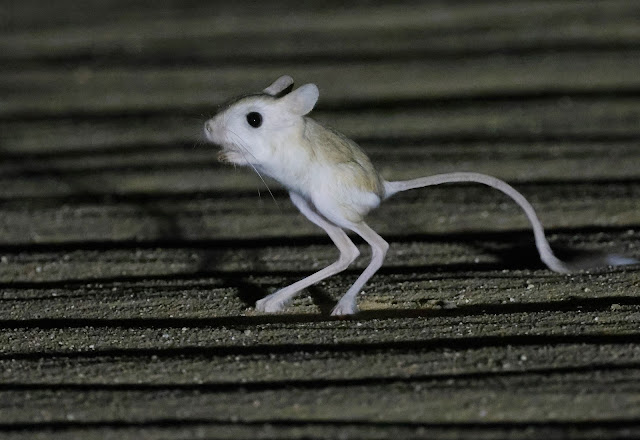After getting back from Kuwait on Monday, I had Tuesday to catch up, then working in London on Wednesday and then more or less two days paperwork and writing up our discoveries last week before the usual family weekend stuff. Apart from a bit of garden birding and a check of Ferry last night (the Hampshire Hudwit has dissappeared and there's been up 94 Blackwits on Ferry so everyone is keeping an eye on them) I haven't had much chance to get in the field (missed a Quail at Medmerry mid-week).
However I've been keeping up the moth trapping and there's finally been a run of mild evenings and over the last two or three days the supposedly prevailing southwesterlies have finally returned with the odd bit of rain too. The Atlantic air and humidity is actually quite refreshing after seemingly endless dry high pressure since late Febraury. There's been up to 150 moths of 55 species this week on several nights. The garden moth list is now on 470 and the year list is 187. A few highlights in below images.
Also made a start on recording other taxa in the garden (anything apart from birds and leps). Been letting the lawns grow to see what kind of plant biodiversity we have- some nice plants in the garden including Cowslip, Star-of-Bethlehem, Grass Vetchling, Hedge Woundworts, Hemp Agrimony, lots of Hemlock Water Dropwort in the front garden. I-Naturalist project HERE
Privet Hawkmoths
Lime Hawkmoth
Delicate- a few possible migrants this week, particularly last night including Diamond-backs, Silver-Y, White-points, Dark Spectacles and Angle Shades
Broken-barred Carpet (without a broken bar)
Marbled Fern, Musotima nitidalis- only the second or third here
Plain Conch- a new for garden
Need to id this damselfly in the strawberries this week. The Seek app says its a young Blue-tail.
Star-of-Bethlehem in the garden
Blackwits on Ferry. Interesting that there's been a sudden influx of what looks mainly like first-summer/non-breeding birds which presumably will undertake partial migrations to mid-summering areas. The Ferry is rapidly drying out at the moment seemingly offering good feeding.































































